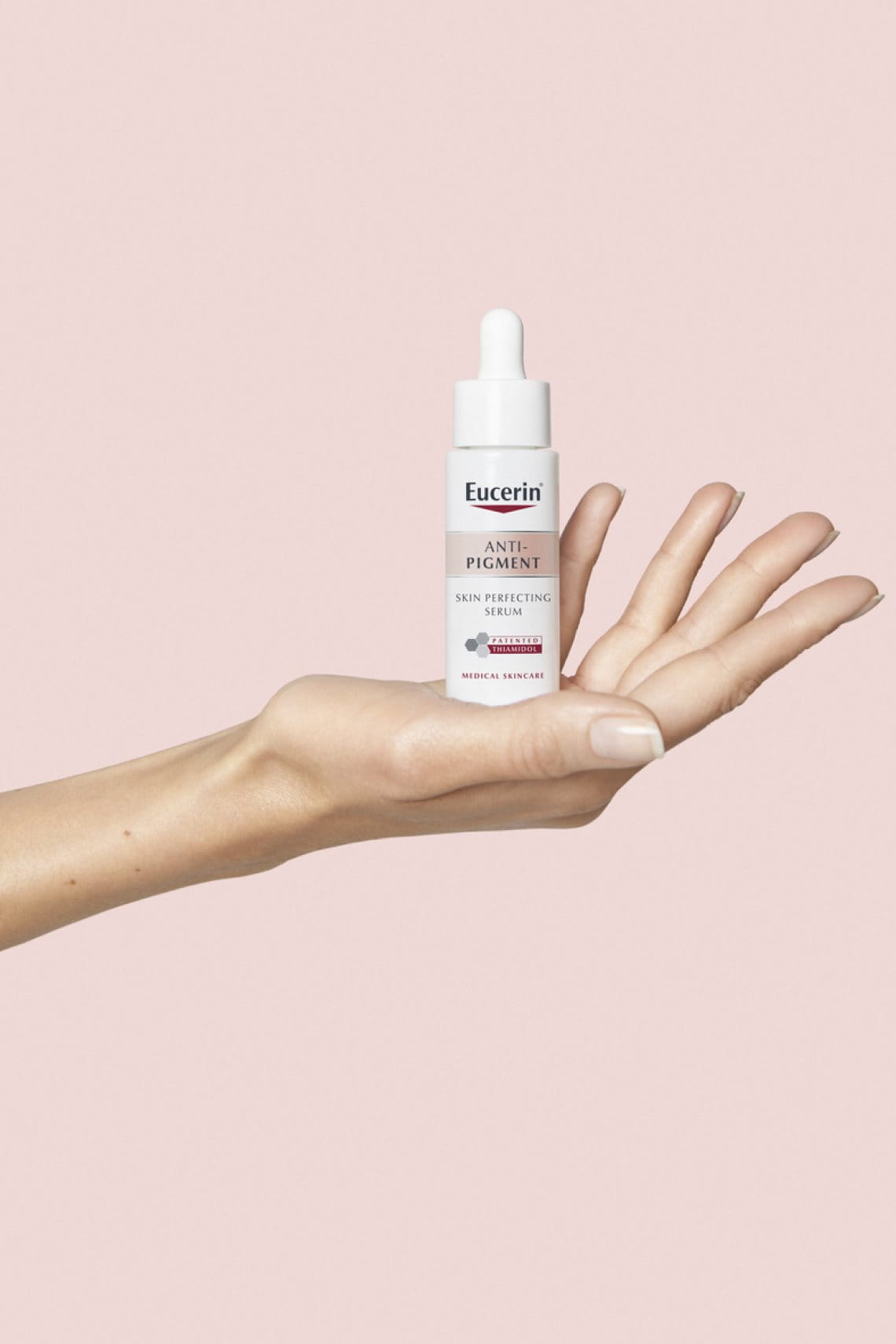Hard skin on feet looks unsightly and, if left untreated, can develop into common foot concerns such as calluses, cracked heels and corns. In this article, Hansaplast, the Hard Skin Expert, explains the root cause of these concerns, how to prevent hard skin from forming and how to remove it when it does.
What causes hard skin on feet?
The underlying causes of hard skin on feet are excessive pressure and friction. Our feet are under constant pressure: whether we’re walking, running or just standing still for long periods of time they carry our weight.

Feet are also subjected to the pressures and friction that come from hard surfaces and inappropriate or ill-fitting footwear.
If pressure and friction persist, and dry skin on our feet is left untreated:
- calluses and cracked skin can soon develop
- skin is prone to the development of corns
Cracked heels, calluses and corns are all common foot complaints and can be both unsightly and uncomfortable. As we get older, our skin becomes drier making us more prone to foot complaints. Toe deformities such as bunions and hammer toes also alter the shape of our feet, increasing the chances of friction and, thereby, corns and callouses.
What are the main hard skin problems for feet?
There are four main foot concerns linked to hard skin:
1. Dry skin
2. Calloused skin
3. Cracked skin
4. Corns
1. Dry skin
2. Calloused skin
3. Cracked skin
4. Corns
Dry skin on feet
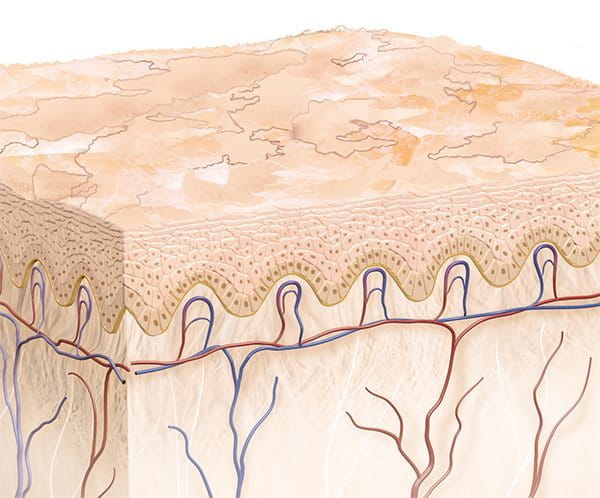
Calloused skin on feet
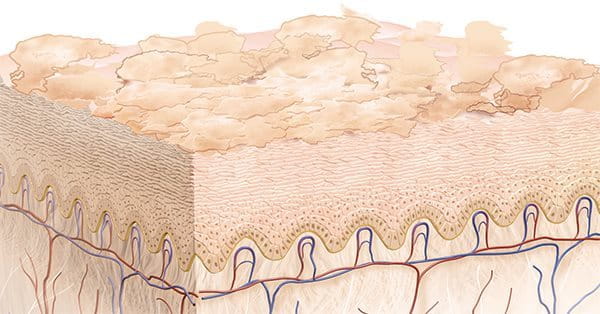
1 Source: Foot Monitor 01/2008, GER/F, n=1,000
Cracked skin on feet
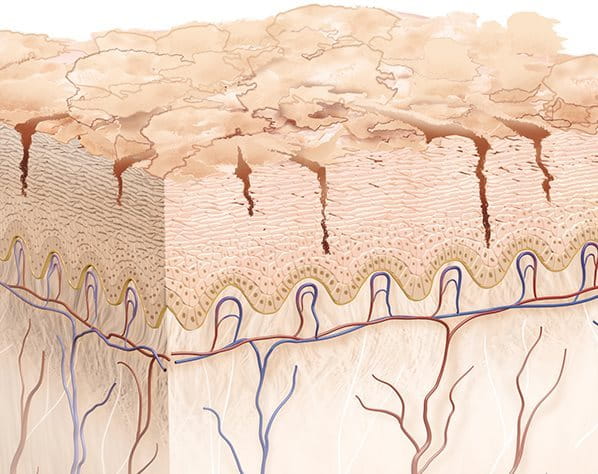
Corns
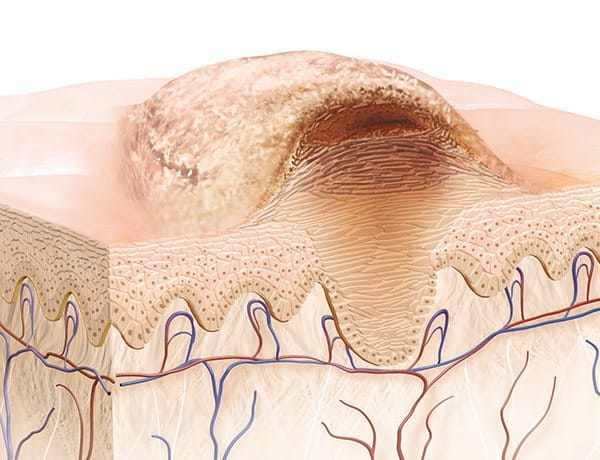
How can I prevent or remove hard skin on my feet?
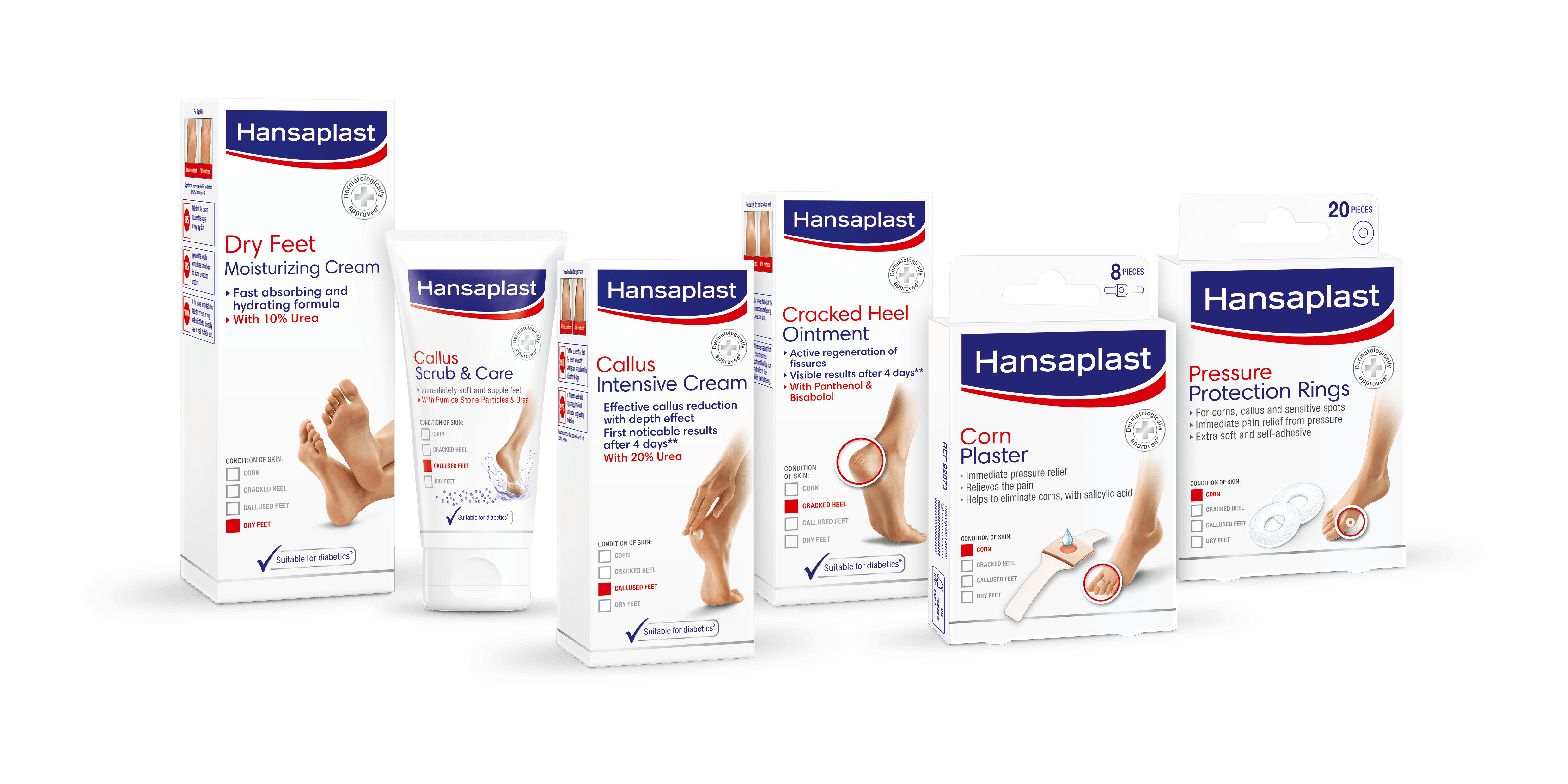
As experts in hard skin, Hansaplast has been leading innovation in footcare for over 100 years. Our trusted footcare products are clinically and dermatologically proven to provide effective solutions for all four hard skin foot problems.
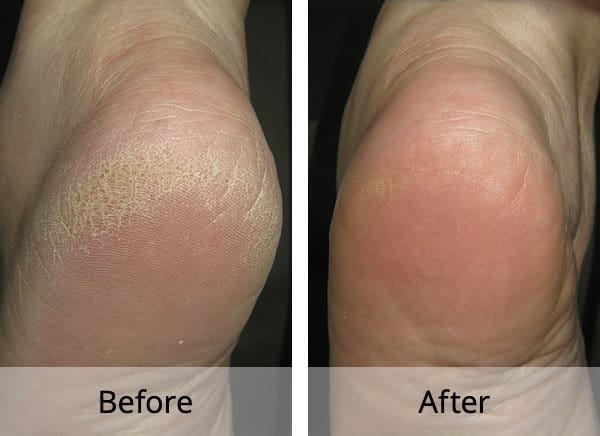
Source: Beiersdorf dermatological study with 33 subjects (including 19 Diabetics) using the product twice a day for two weeks, 2013.
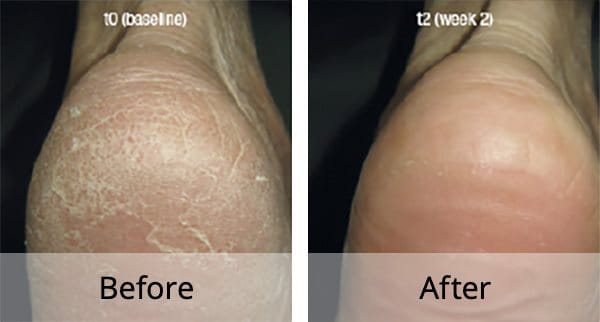
Hansaplast Callus Intensive Cream. Once calluses are removed, don’t forget to apply Hansaplast Dry Feet Moisturizing Cream daily to maintain soft and smooth skin.
Source: Beiersdorf dermatological study with 33 subjects using the product twice a day for two weeks, 2011
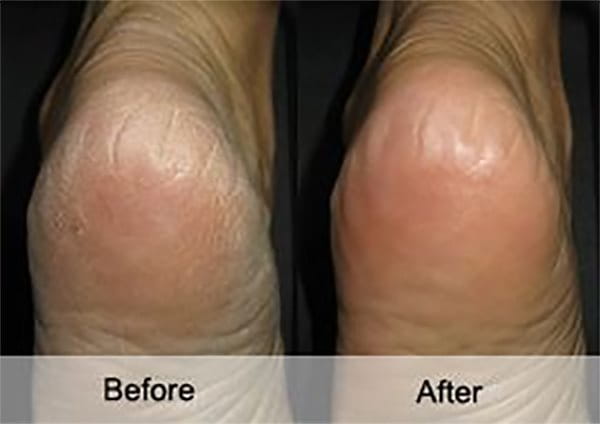
2 Source: Beiersdorf dermatological study with 33 subjects using the product twice a day for two weeks, 2013. 88% of userrs said the cream restores smooth and healthy skin after four days – visibly and noticeably. 94% agreed that it healed cracked skin after two weeks.
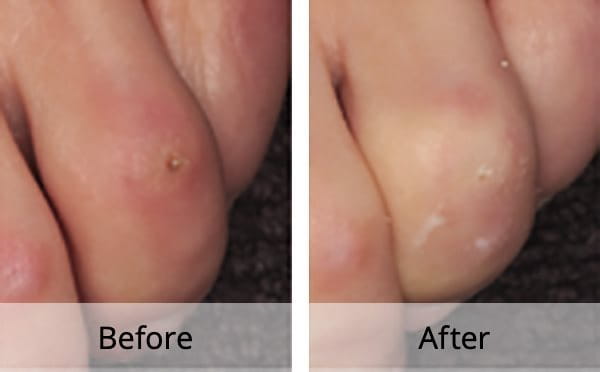
Source: Kuhlmann M. et. al., Local tolerability and efficacy of a corn plaster with salicylic acid. FIP World Congress of Podiatry, Montreal 2016; 50 test persons.
Where can I find out more about feet?

You can read more about these foot conditions in our articles:
- Dry and calloused skin
- Callous-free feet
- Cracked skin
- Corns
- Dry and calloused skin
- Callous-free feet
- Cracked skin
- Corns
